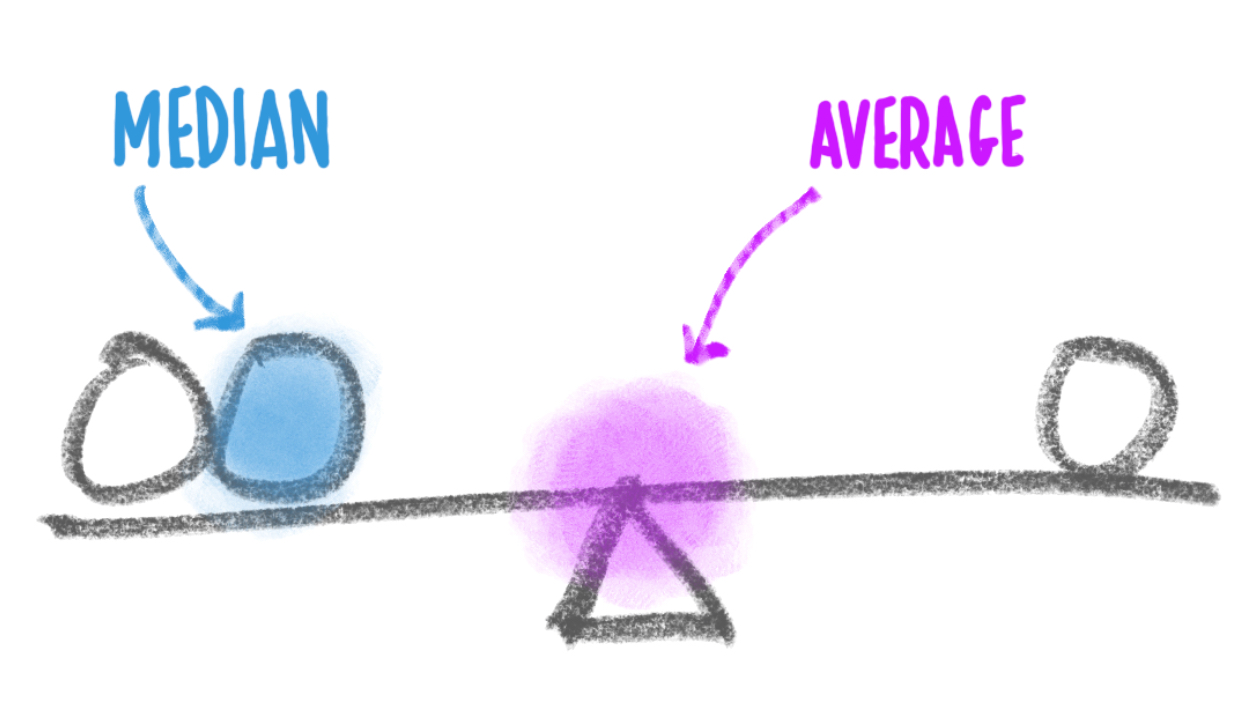Richest Counties in California (2025)
by Kristen Carney ![]()
Updated: December 17, 2024
Richest County in California
The richest county in California is San Mateo County with an average household income of $226,660 as of 2023 and 726,353 people as of 2023 according to the most current Census data available (citation).
| Rank | County | Population | Average Income | Median Income |
|---|---|---|---|---|
| 1 | San Mateo County | 726,353 | $226,660 | $156,000 |
| 2 | Marin County | 254,407 | $224,140 | $142,785 |
| 3 | Santa Clara County | 1,877,592 | $219,664 | $159,674 |
| 4 | San Francisco County | 808,988 | $204,625 | $141,446 |
| 5 | Contra Costa County | 1,155,025 | $172,107 | $125,727 |
| 6 | Alameda County | 1,622,188 | $171,948 | $126,240 |
| 7 | Alpine County | 1,141 | $162,949 | $110,781 |
| 8 | Napa County | 133,216 | $154,011 | $108,970 |
| 9 | Santa Cruz County | 261,547 | $153,085 | $109,266 |
| 10 | Orange County | 3,135,755 | $152,475 | $113,702 |
| 11 | Placer County | 423,561 | $147,894 | $114,678 |
| 12 | El Dorado County | 192,215 | $145,804 | $106,190 |
| 13 | Ventura County | 829,590 | $141,716 | $107,327 |
| 14 | Sonoma County | 481,812 | $138,572 | $102,840 |
| 15 | San Benito County | 68,175 | $138,189 | $108,289 |
| 16 | Santa Barbara County | 441,257 | $137,063 | $95,977 |
| 17 | San Diego County | 3,269,973 | $136,236 | $102,285 |
| 18 | Monterey County | 430,723 | $128,334 | $94,486 |
| 19 | San Luis Obispo County | 281,639 | $126,122 | $93,398 |
| 20 | Los Angeles County | 9,663,345 | $125,539 | $87,760 |
Median Income versus Average Income: Which Should You Use?
We usually suggest using median income data – either instead of or in addition to – average income data as a true indicator of wealth. If you haven’t thought about median versus average since your last standardized test, you aren’t alone. Here’s what they are:
- average is the sum of a set of numbers divided by the count of numbers in the set
- median is the middle number in the set of numbers

Now let’s say you had the following simplified set of income data.
Household 1: $30,000
Household 2: $50,000
Household 3: $1,000,000
The average income for this set is $360,000. The outlier data point ($1,000,000) skews the average WAY up. Conversely, the average income would be skewed WAY down if someone had an income of $500. The median income for the same data set is $50,000. Outlier data doesn’t skew the median.
Most Business Owners Should Use Median Income
So most business owners should use the median income as a true indicator of wealth, because it provides a more accurate representation of a typical income, especially in areas with significant income disparity.
When Should You Use Average Income
If your target market is high-income households, the average income may be more relevant. This is because the average income can highlight the presence of a higher concentration of wealthy individuals, which is beneficial for luxury goods and services marketing. We’re using average income on this page because using the Census’s highest reported median value of $250,001 could result in multiple ties for the richest geography.
Why do so many cities have a median value of $250,001?
The Census' American Community Survey uses $250,000+ as a jam value for median income estimates to protect privacy, ensure data consistency, and simplify reporting. A "jam value" in survey data refers to a placeholder or default value used when actual data points are unavailable, incomplete, or exceed certain thresholds. We represent this jam value as $250,001 to make it easy for you to sort.
You might also be interested in:
Email Me When New Data Are Released
Join thousands of subscribers and receive just 1 (ONE!) email a year in December when the US Census Bureau releases new income data for California richest counties.
SOURCES
United States Census Bureau. Annual Estimates of the Resident Population: April 1, 2020 to July 1, 2023. U.S. Census Bureau, Population Division. Web. May 2024. http://www.census.gov/.
United States Census Bureau. B01001 SEX BY AGE, 2023 American Community Survey 5-Year Estimates. U.S. Census Bureau, American Community Survey Office. Web. 12 December 2024. http://www.census.gov/.
United States Census Bureau. B19013 Median Household Income, 2023 American Community Survey 5-Year Estimates. U.S. Census Bureau, American Community Survey Office. Web. 12 December 2024. http://www.census.gov/.
United States Census Bureau. “DP03 SELECTED ECONOMIC CHARACTERISTICS.” 2023 American Community Survey 5-Year Estimates. U.S. Census Bureau, American Community Survey Office. Web. 12 December 2024. http://www.census.gov/.
Products & Services
Plumbing
Connect
- 1-800-939-2130
- Contact Us
© Copyright 2025 Cubit Planning, Inc.